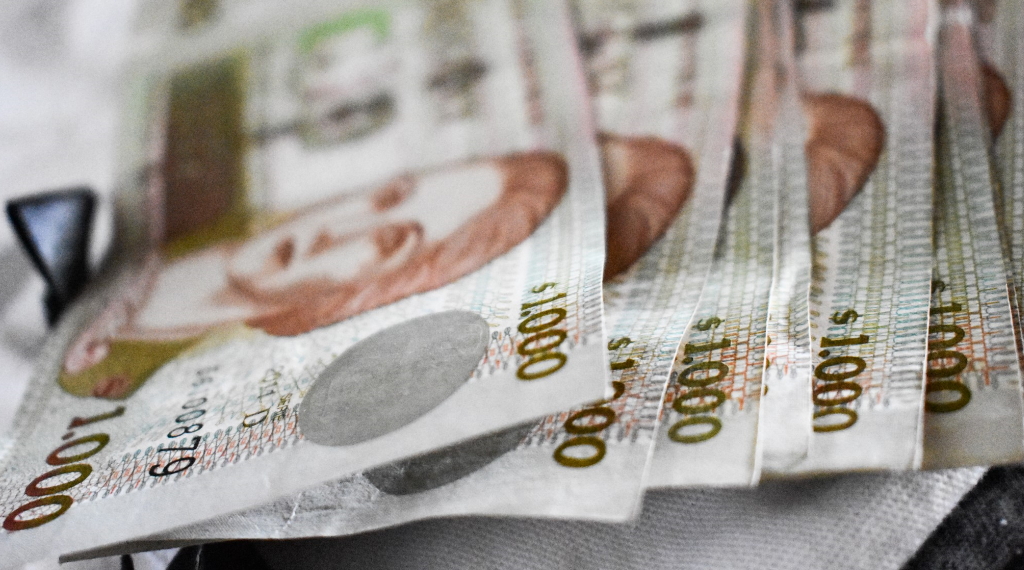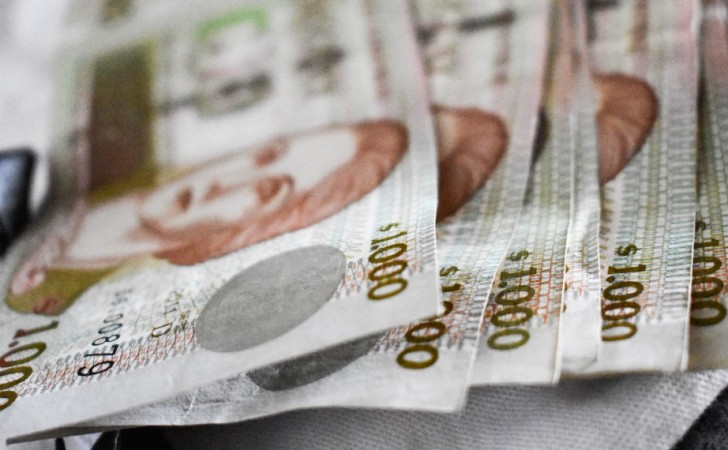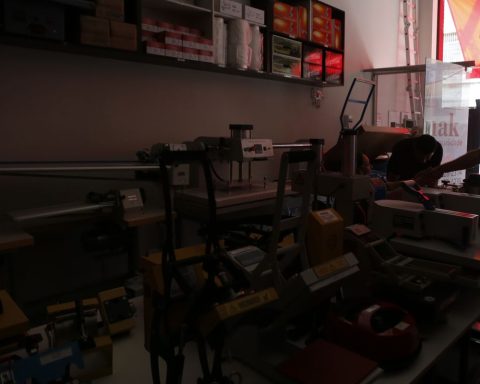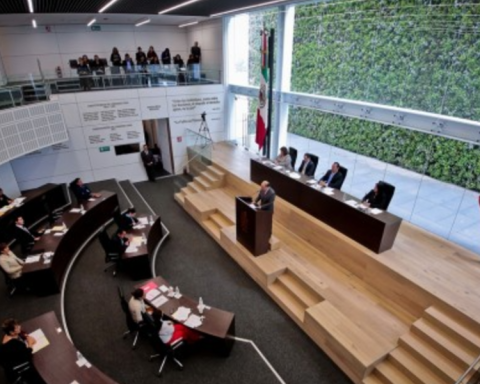
A few days ago, a document from the Cuesta-Duarte Institute called: “Notes on inflation, second quarter of 2022” was released.
In the report, which was released by the PIT-CNT, it is stated that the accumulated inflation so far this year amounts to 6.04%, which is a “high percentage for one semester.”
It is also indicated that bearing in mind that the government’s inflation estimate was 5.8% for the entire year 2021 and that this was the percentage included in most salary adjustments in the private and public sectors, the Cuesta Institute – Duarte considers that the inflation that occurred in the first semester has already absorbed more than the total wage adjustment due to inflation for the entire year. “Which implies a continuation of the deterioration of the purchasing power of the remunerations of Uruguayan workers.”
It is detailed that in the four months from March to June of this year, inflation has remained in a range of between 9.2% and 9.4%. “These percentages are significantly above the year-on-year target range defined by the Central Bank of Uruguay (3% to 7%)”.
multicausal phenomenon
In the report, which was reported by the PIT-CNT, it is recalled that inflation is a multi-causal phenomenon. “For a small and open economy like Uruguay, what happens in the international context is essential to explain what happens with internal inflation, in the understanding that the prices of a good part of the goods that Uruguayan households consume, set in the world market.
On the other hand, Cuesta – Duarte analyzes “the particular way in which international inflationary pressures operate in each specific national economy, depending on the social relations existing between the different private economic agents, as well as the role played by economic policy”.
The report acknowledges that inflation at the international level is at the “highest levels in decades.”
“This scenario is explained by the conjunction of several factors. On the one hand, it is a consequence of the expansionary policies developed by the economic powers during the Covid-19 crisis and as an exit strategy from it. On the other hand, the end of the pandemic brought with it a recovery in the demand for food products and other commodities, particularly from Asian countries, which caused a significant increase in their prices. Finally, the war in Eastern Europe, which began in February of this year and is currently ongoing, generated additional inflationary pressures, as they are countries that produce food and fertilizers, as well as the instability that a conflictive situation causes in the world economy.” , is detailed in the report.
It is also noted that in the last 12 months, fuels had “significant increases in their prices in our country, which has as a consequence the spread of inflationary pressures to the economy as a whole. The price of diesel accumulates an increase of 43%, while the price of gasoline increased by 24% in the same period
perspectives
The Cuesta-Duarte Institute indicates that inflation in Uruguay is related to the structure of the prevailing markets in the Uruguayan economy. Companies with a monopolistic or oligopolistic position in key links in the production, distribution and marketing chains of products give them the possibility of moving more advantageously in an inflationary context, marking prices as a way to recompose their profit margin and in some cases appropriating windfall profits. The other side of the famine faced by the majority of the population is the concentration of profits by large companies with national or foreign capital”.
It is also stated that the government’s measures to maintain the price of the super gas cylinder during the winter and reduce its price by 50% for households that receive monetary transfers from MIDES, are measures that “can help mitigate previous increases and relieve households, particularly those that are located in the lowest income scale.
While some specific measures to reduce the prices of some food products via VAT exemption, he describes as “very insufficient”.
“It is doubtful that these measures are effectively transferred to the final price of the products, as this benefit may be appropriated by agents that participate in the distribution and marketing chain of the same,” the report states.
“We understand that it is important to try to reduce the price increases of these sensitive items for the popular sectors, but in this context, the path of the temporary reduction of VAT to a larger set of products and control through electronic means that said exemption is transferred to the final price”, proposes the Cuesta-Duarte Institute.
The study ensures that for the remainder of 2022, inflation is expected to “persist at high levels, significantly above the target range established by the government, which also from September 2022 will be limited to a range between 3 % and 6% year-on-year”.
“This has to do with the fact that inflationary pressures in the international market are going to continue. However, we expect a slight slowdown in inflation towards the end of the year, linked to a certain moderation in external inflationary pressures (compared to the first half), a moderation in the rate adjustment schedule linked to the political cycle and some deferred effect that may have the measures taken throughout the first semester by the national government. In our projection, the variation of the CPI would be around 8.6% at the end of 2022”, predicts the Cuesta – Duarte Institute.
It also states that considering the salary adjustments received by the different sectors of public activity and state workers, as well as those expected as of July 1, “it is highly probable that the average real salary will not increase in 2022 compared to 2021 In this way, the purchasing power of the average salaried worker will continue to be at a level approximately 4% lower than it was before the pandemic.”


















